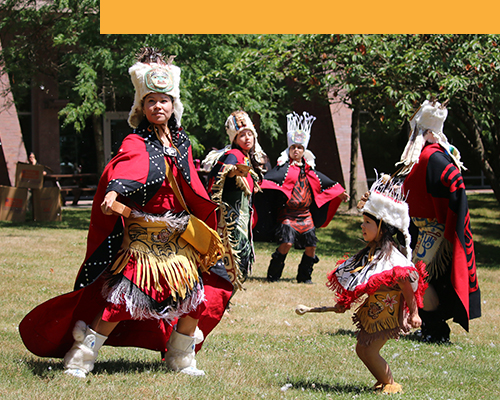National Day for Truth and Reconciliation - September 30
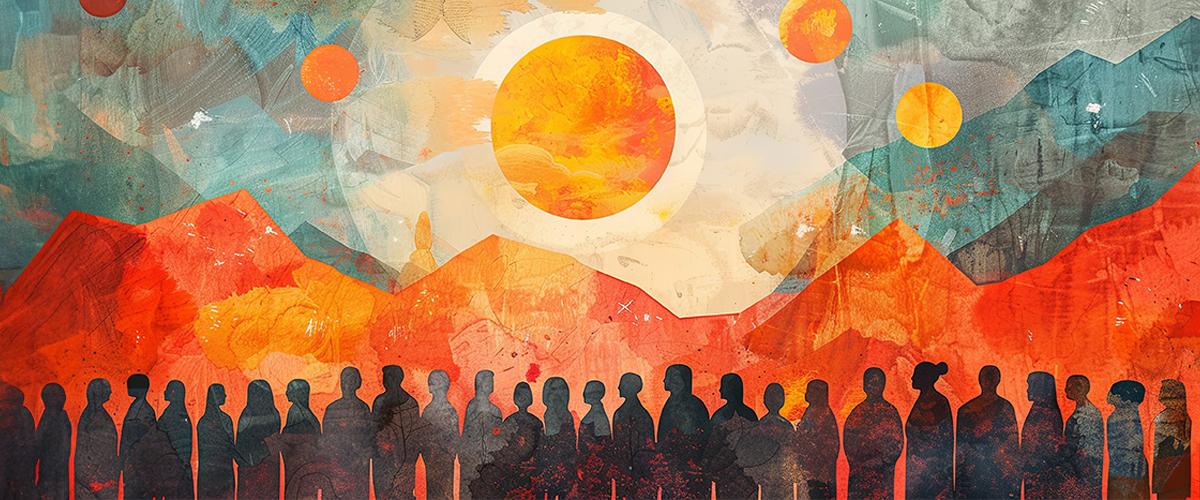

The Justice Institute of British Columbia acknowledges the steps the federal and provincial governments are taking towards active advancement of Truth, Justice, and Reconciliation.
This day represents Canada’s moral obligation to honour and remember Survivors of residential schools and those who did not make it home and its responsibility towards Redress and Reconciliation efforts. It is upon us all to engage. While this work requires a deliberate, ongoing process not bound by day or time, September 30 is a day to listen, learn, reflect, and act and ultimately be an active agent in change towards a stronger, more inclusive, and just Canada.
JIBC’s Elders-In-Residence share the following recommendations as ways we can all be involved with observing September 30:
As an act of healing and education, many Survivors have shared stories about their residential school experience and ways they feel more supported in our efforts of Truth and Reconciliation. Take time to listen, reflect, and pass on Survivor’s teachings to others. For social media, spread awareness using #OrangeShirtDay, #EveryChildMatters and #SurvivorStories.Visit our Orange Shirt Day page for some Survivors stories.
.
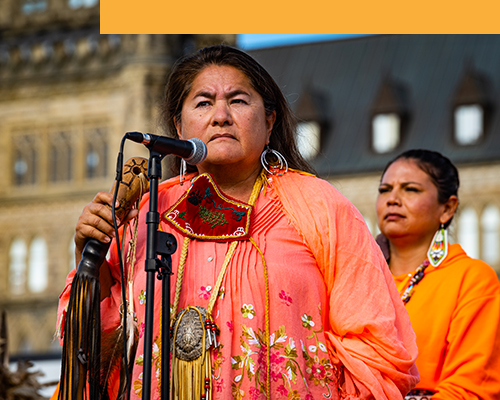
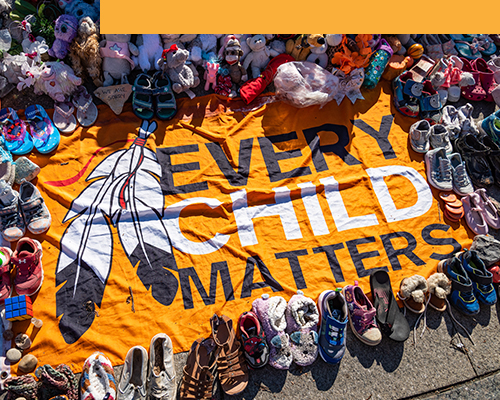
The 1493 Papal decree promotes Christian domination and superiority and has been used as a legal and moral way to justify the colonial dispossession of Indigenous Nations of their lands and waterways shaping the lived experiences of all people across Turtle Island up to the present day.
There are several websites, videos, books, interviews, and other resources available. Spend time absorbing facts from reputable sources on topics such as the Sixties Scoop, violence against Indigenous women, girls and 2S+ Peoples and the overrepresentation of Indigenous Peoples in foster care and the criminal justice system. We suggest starting with our JIBC LibGuide.

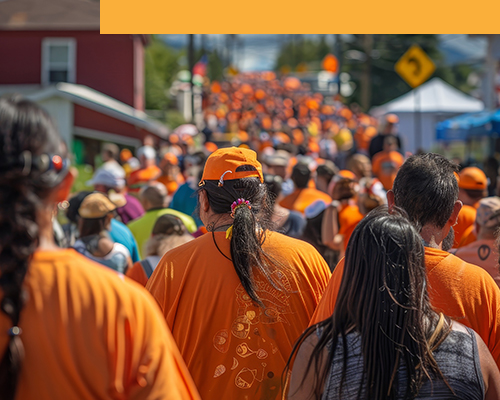
November 2019, BC passed the UN Declaration in law, as a provincial framework for reconciliation. Visit the Declaration and read related articles and the Q & A.
From peace and friendship treaties and the Royal Proclamation (1763) to the Constitution Acts (1867 to 1982) and The Indian Act (1876 to today), the Nation to Nation relationship is in a constant state of change. Building a stronger and unified Canada requires understanding our shared history and working towards recognition, rights, respect, and partnership with Indigenous Peoples.
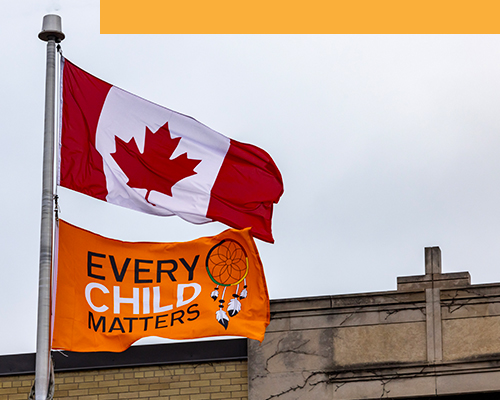
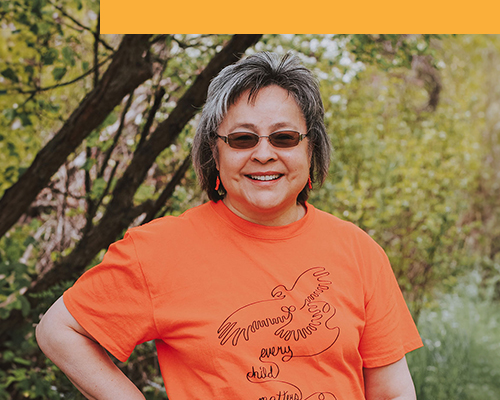
While wearing an orange shirt, learn about the origins and significance of Orange Shirt Day and the slogan “Every Child Matters”. Listen to Phyllis Jack-Webstad’s Story
First Nations, Métis, and Inuit Peoples in Canada are distinct and diverse in cultures, languages, geographies, and traditions. Be curious and seek out information and knowledges to expand on what you know about Indigenous Peoples. We suggest checking out Oncanadaproject.ca and downloading the Settlers Take Action Resource Guide
